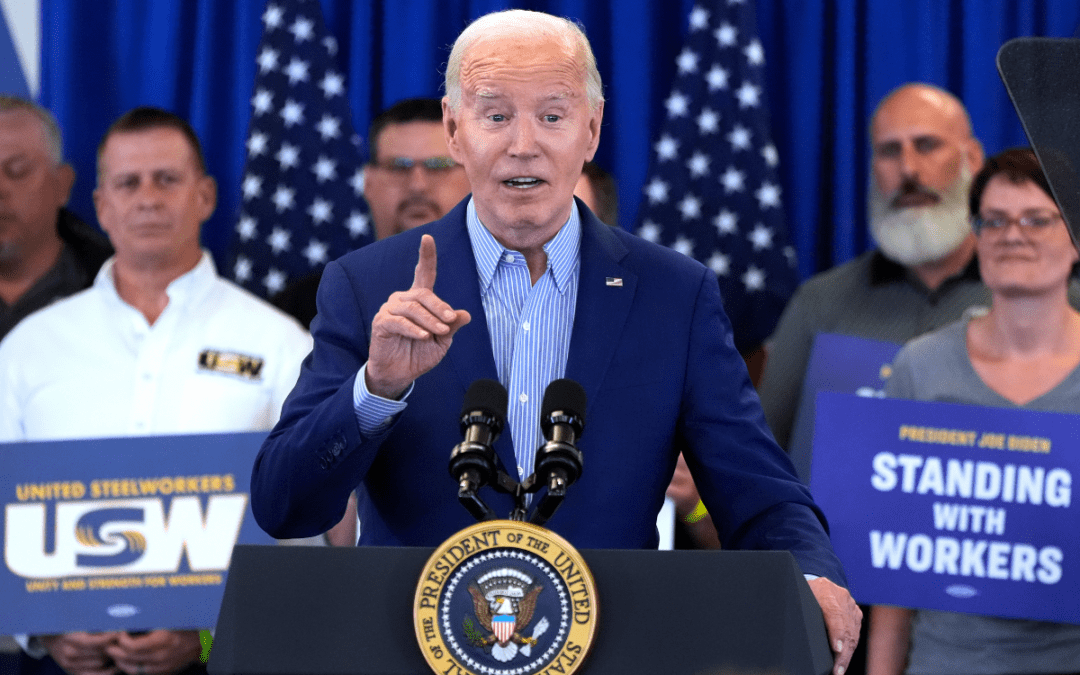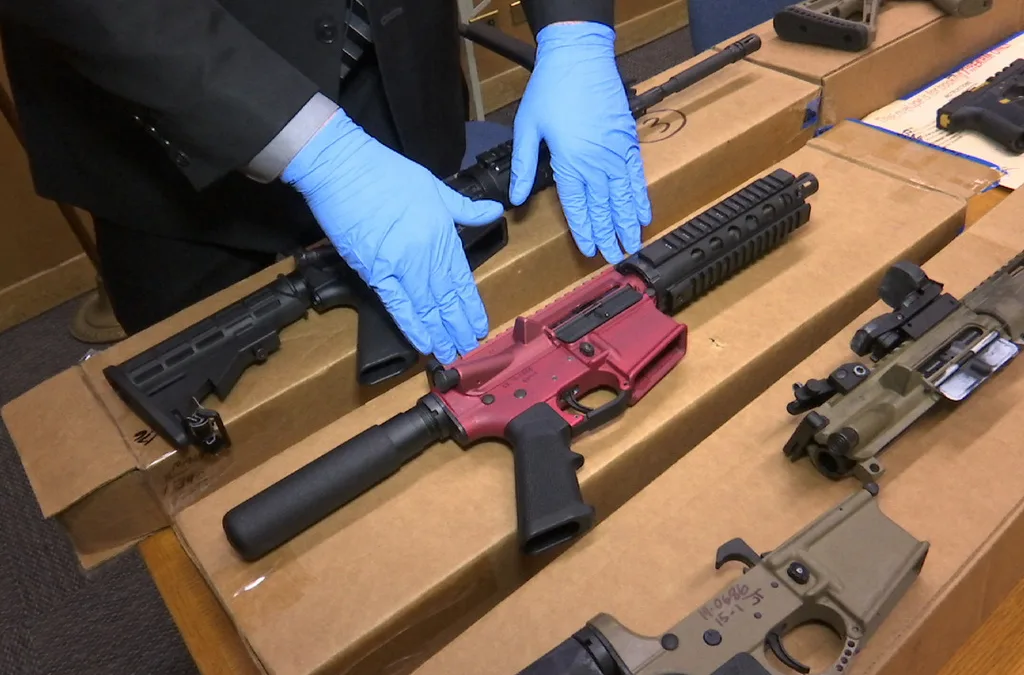
From life-saving technology to fun and games, Pennsylvania has been a center of innovation for centuries.
Pennsylvania has been a center of innovation for centuries, dating back to when a group of men met in Philadelphia to sign the Declaration of Independence and, well, “invent” the United States of America.
Founding Father Benjamin Franklin was of course tinkering with inventions in Philadelphia in the 1700s, but inventors across the state have created things that have changed daily life and business not only in the US, but around the world for generations. Some inventions, like the polio vaccine and lightning rod, have saved lives. Others, like the Slinky toy and the modern game of bingo, are just plain fun. Thanks Pennsylvania—you’ve given us so much!
The Polio Vaccine

Before its vaccine was developed, polio was one of the most feared diseases in the world. Mostly afflicting children, many infections carried no symptoms, though a minority would lead to paralysis or death.
In the early 1950s, University of Pittsburgh virologist Jonas Salk succeeded in creating a killed-virus vaccine—meaning the virus in the vaccine is not active—for polio. After trialing the vaccine on more than a million kids, the vaccine was announced and licensed in 1955. Polio infections quickly dropped until the disease was virtually eradicated. Salk chose not to patent the vaccine to ensure widespread access. When asked about who owned the polio vaccine, he said, “Well, the people, I would say. There is no patent. Could you patent the sun?”
The Slinky
Some of the best inventions are the accidental ones—inventions that come about from serious study and experimentation but result in nothing but enjoyment. Examples of these mistakes of innovation include Play-Doh, Jell-O, and the Pennsylvania-made Slinky.
In 1943, a Philadelphia-based naval engineer was experimenting with springs, hoping to use them to keep sea equipment stable through rough waters. When a spring fell off a shelf, he was amazed to see it “walk” on its own. Soon, a famous toy was born.
The Slinky is still manufactured in Hollidaysburg.
The Emoticon
Carnegie Mellon University professor Scott Fahlman is a computer scientist who has published seminal work on artificial intelligence and computer programming languages. But you might be most interested in his invention, made from Pittsburgh on a CMU discussion board in 1982. Fahlman was aiming to solve an eternal problem—how to judge tone through text-based discussion. He wrote:
“I propose that the following character sequence for joke markers:
🙂
Read it sideways. Actually, it is probably more economical to mark things that are NOT jokes, given current trends. For this, use
🙁 ”
Read it sideways. 🙂
The Ferris Wheel

Though the Ferris Wheel debuted at the Chicago World’s Fair in 1893, it was invented in Pittsburgh by an engineer named George Washington Gale Ferris Jr. The directors of the Chicago World’s Fair issued a challenge to American engineers: build a structure that would rival the Eiffel Tower, which had been unveiled at the most recent world’s fair in Paris in 1889. Ferris, as you might guess, had an idea for a massive, spinning wheel.
Naysayers said the steel wheel would collapse under its own weight, so Ferris paid for blueprints and safety studies out of his own pocket. When his wheel was opened to the public at the fair, over a million people paid 50 cents a ride to take a spin more than 260 feet in the air. Since then, the Ferris wheel has been replicated at fairs, carnivals, and boardwalks worldwide.
Bingo

The game of chance itself wasn’t wholly developed in Pennsylvania—that distinction likely belongs to 16th-century Italy, where an early version of bingo was played. But as Mark Twain (an inventor himself) once said, “There is no such thing as a new idea.”
We can thank Pittsburgher Hugh Ward for developing the modern, American version of bingo. Without him, many Pennsylvania fire halls would probably sit empty on Friday and Saturday nights.
The Lightning Rod
Benjamin Franklin was a statesman, writer, publisher, and an inventor. You may have had an image of Ben Franklin flying a kite with a key attached—his effort to “discover” electricity—burned into your brain since grade school. Franklin didn’t discover electricity, it was well known in his lifetime, but his attempts to prove that lightning was a form of electricity influenced his invention of the lightning rod.
A lightning rod diverts lightning through a metal spire, allowing it to pass safely into the ground and away from people. That’s what most inventions are all about: making life safer and easier.
Bifocals
You may remember this one from history class, or the culturally significant American film National Treasure. Ben Franklin had a tough time seeing as he aged, so he invented bifocals—glasses that would help you see things in the distance and up close if you were both nearsighted and farsighted. He didn’t invent glasses, though, just a pair that would help him and others with more complicated eye issues see the road as well as the newspaper. Like all inventors, Franklin just wanted to make stuff work better.
Politics

Biden announces tariffs on Chinese Steel while visiting United Steelworkers members
“I'm president because of you guys. I really am and I'm proud. As was mentioned earlier, I'm proud to be the most pro-union president in American...

Opinion: Is Reproductive Healthcare just a women’s issue?
In this op-ed, Pennsylvania resident Lynn Strauss discusses the Republican Party’s conflicting stance on reproductive healthcare policy and the...

2 top US gun parts makers agree to temporarily halt sales in Pennsylvania
Philadelphia filed suit against Polymer80 and JSD Supply last year, accusing the manufacturers of perpetuating gun violence by manufacturing ghost...
Local News

Conjoined twins from Berks County die at age 62
Conjoined twins Lori and George Schappell, who pursued separate careers, interests and relationships during lives that defied medical expectations,...

Railroad agrees to $600 million settlement for fiery Ohio derailment, residents fear it’s not enough
Norfolk Southern has agreed to pay $600 million in a class-action lawsuit settlement for a fiery train derailment in February 2023 in eastern Ohio,...






